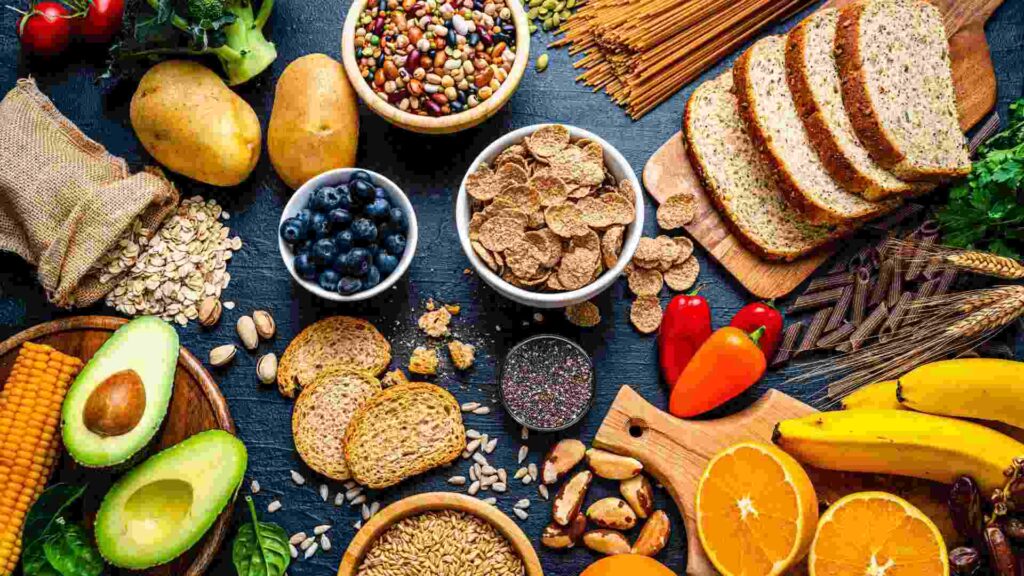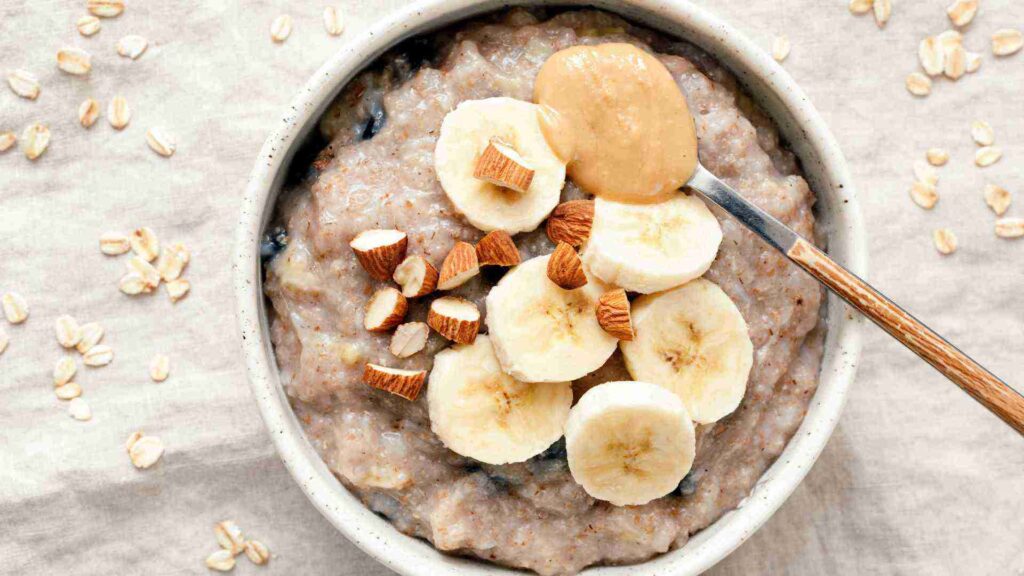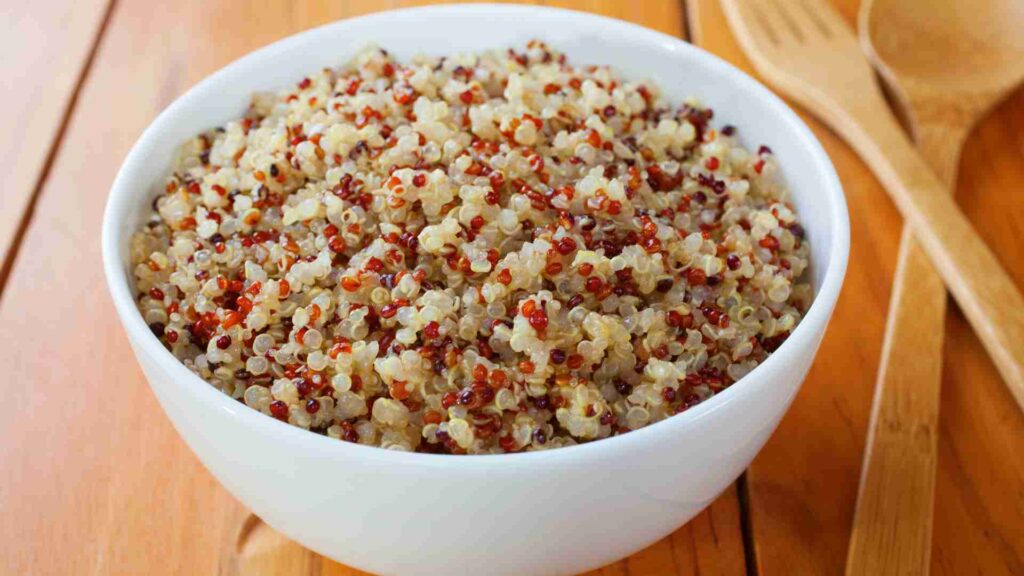Discover comprehensive information for all aspects of sexual health and find resources and guidance to empower your sexual well-being.
Erectile dysfunction (ED) is a common condition affecting men, often characterized by the inability to…
Discover comprehensive information for all aspects of sexual health and find resources and guidance to empower your sexual well-being.
Erectile dysfunction (ED) is a common condition affecting men, often characterized by the inability to…
The pelvic floor muscles are the unsung heroes of our body’s core, providing support to…
Erectile dysfunction (ED) is a common condition that affects millions of men worldwide, causing distress…
Prostate health is a critical concern for men, especially as they age. The prostate gland…
The underlying cause as well as the severity of pain determine the varied treatment approaches…
Painful erections never indicate normalcy, and sometimes signal a medical emergency. Severe pain may necessitate…
Commitment issues can often manifest in romantic relationships, work, and other personal or professional spheres.…
In recent decades, the diet of Western societies has undergone a significant transformation from that of our hominid ancestors, which has had an impact on our co-evolved gut microbiota. This shift includes a greater consumption of ultra-processed foods that are often lacking in dietary fiber, as well as a decrease in the consumption of plant-based foods that are rich in fiber. As a result of this change, there has been a growing recognition of the health benefits associated with dietary fiber.
Table of Contents
ToggleFiber is a type of carbohydrate that the body can’t digest. Though most carbohydrates are broken down into sugar molecules called glucose, fiber cannot be broken down into sugar molecules; instead, it passes through the body undigested.
Related: What Is The Importance Of Gut Health
Fiber can be found in all plant-based foods, but the amount may vary.

Whole grain cereals, such as whole wheat, contain 12.8% fiber, while wheat bran has 42.4% fiber, and corn bran has 88.8% fiber, making them significant sources of fiber.
There are two types of fiber that are both beneficial to one’s health. The majority of high-fiber foods that are naturally available contain varying amounts of both soluble and insoluble fiber.

Soluble fiber is able to dissolve in water and can help in reducing glucose levels and blood cholesterol.
Foods that contain soluble fiber include oatmeal, chia seeds, nuts, beans, lentils, apples, and blueberries.
Insoluble fiber, on the other hand, does not dissolve in water and can help facilitate the movement of food through the digestive system, promoting regularity and preventing constipation.

Foods that contain insoluble fiber consist of whole wheat products (especially wheat bran), quinoa, brown rice, legumes, leafy greens such as kale, almonds, walnuts, seeds, and fruits that have edible skins like pears and apples.
The current guidelines for daily dietary fiber intake for adults in many European countries and the US suggest a range of 30-35 grams per day for men and 25-32 grams per day for women—alternatively, a recommended intake of 14 grams of dietary fiber per 1000 calories.
Constipation is commonly described as having infrequent bowel movements, experiencing difficulty or pain while passing stools, or producing small, hard stools.
While occasional constipation is normal, persistent constipation can have negative impacts on one’s quality of life and result in symptoms like bloating, cramping, and nausea. Additionally, chronic constipation can increase the risk of developing diverticular disease and hemorrhoids.

To alleviate constipation, lifestyle changes such as consuming more fiber from fruits, vegetables, and whole grains, drinking more water, and engaging in regular exercise can be beneficial.
Fiber is known to reduce constipation for several reasons.
Diverticulosis refers to the development of small pouches, known as diverticula, in the lower intestine. It is a common condition of the colon in the Western world. The risk of developing diverticulosis increases with age, and it is often asymptomatic unless the pouches become inflamed or tear, leading to diverticulitis.
Symptoms of diverticulitis may include persistent abdominal pain, fever, vomiting, and nausea. Treatment typically involves a short period of fasting and antibiotic medications, and surgery may be necessary in severe cases where abscesses or perforations occur.
Studies suggest that a Westernized diet low in fiber and high in red meat and ultra-processed refined foods is a significant contributing factor to diverticular disease.
A diet deficient in fiber can make colonic contents more viscous and harder to move, resulting in a narrower colonic lumen and higher intraluminal pressure, which can lead to the development of diverticula.
Many studies have found that consuming fiber, particularly from fruits, vegetables, and cereal grains, can have a protective effect against diverticular disease.
Various studies have shown a protective role of dietary fiber on the development of colorectal cancer
Elevated levels of triglycerides and cholesterol in the bloodstream are considered the primary risk factors for atherosclerosis and coronary heart disease (CHD).

Consuming a diet that is high in fiber can help lower serum cholesterol levels through several mechanisms.
According to research, consuming high-fiber whole grains such as brown rice, rye, oats, and wheat bran is strongly linked to a lower risk of diabetes. Conversely, diets low in fiber may elevate the risk of type 2 diabetes. One reason for this is that low-fiber diets tend to be more calorie-dense and contribute to obesity.
Fiber plays a significant role in the management of diabetes since it slows down glucose absorption in the small intestine. It also improves the response of the body’s cells to insulin (insulin sensitivity).
Related: Best Foods For Acid Reflux
Numerous dietary fibers are derived from various plant-based sources. It’s crucial not to fixate excessively on a specific fiber type because every type of fiber provides some benefit. The best approach is to include a diverse range of plant-based foods, such as fruits, vegetables, whole grains, legumes, nuts, and seeds, in the diet.
References:
Dr. Nishtha, a medical doctor holding both an MBBS and an MD in Biochemistry, possesses a profound passion for nutrition and wellness. Her personal journey, marked by significant struggles with physical and mental health, has endowed her with a unique empathy and insight into the challenges countless individuals face. Driven by her own experiences, she leverages her background to offer practical, evidence-backed guidance, empowering others on their paths to achieving holistic well-being. Dr. Nishtha truly believes in the interconnectedness of the mind and body. She emphasizes the significance of understanding this connection as a crucial stride toward attaining balance and happiness in life.

